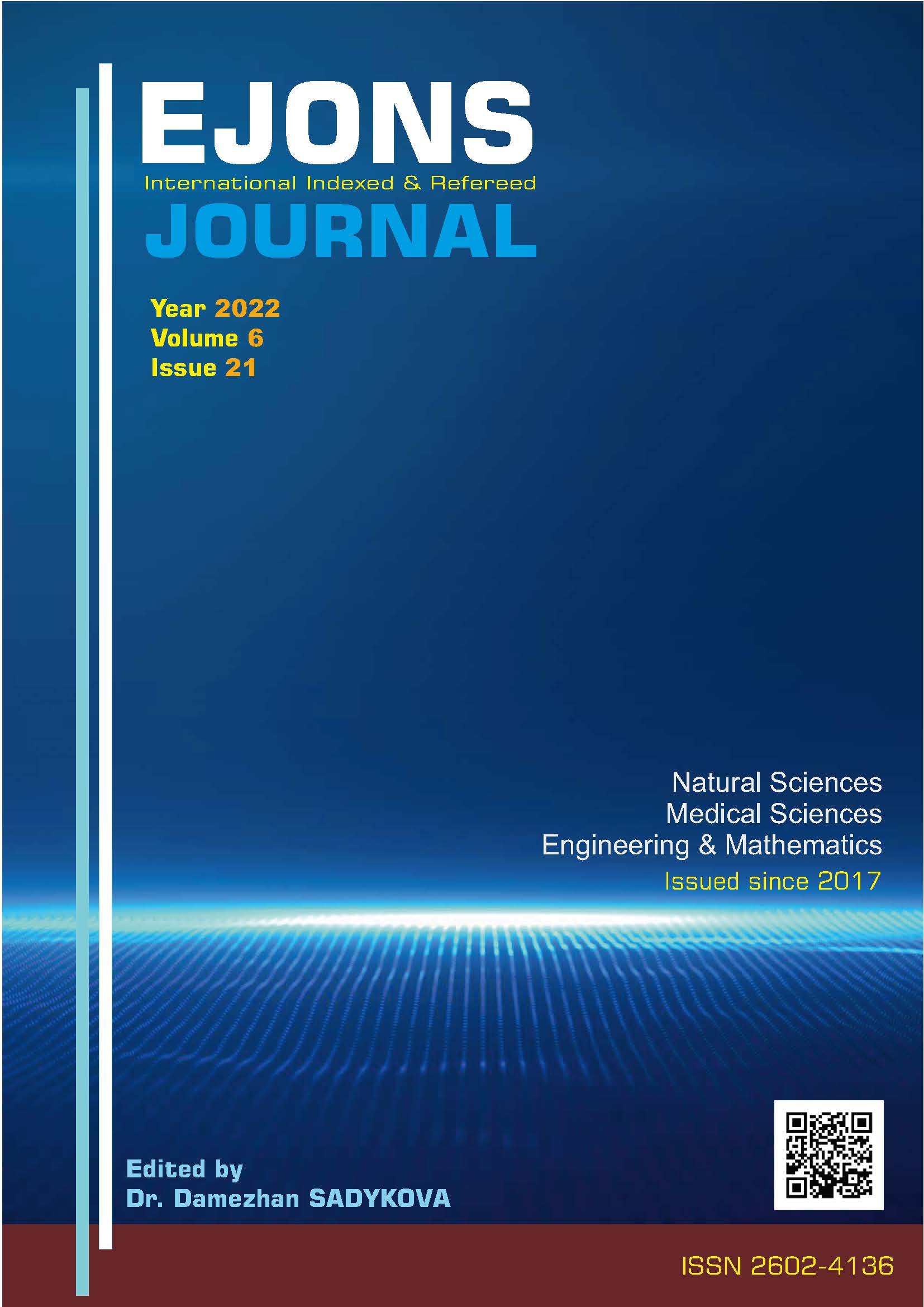ANALYSIS OF BUILDING IRREGULARITIES ACCORDING TO THE TURKISH BUILDING EARTHQUAKE REGULATION
DOI:
https://doi.org/10.38063/ejons.605Keywords:
Earthquake, structural irregularities, Turkish Building Earthquake Code 2018Abstract
Turkey is an earthquake country and it is obvious that it has been and will continue to be exposed to earthquakes of many magnitudes from past to present. These earthquakes cause serious loss of life and property. As in many earthquake countries, we have earthquake regulations in our country and it is updated by making improvements. In the most recently updated and published Turkish Building Earthquake Code 2018, earthquake resistant building design principles and structural irregularities are clearly stated. Considering many parameters such as the magnitude of the earthquake, the behavior of the structural elements during the earthquake, and the structural analysis, the conscious design of the architectural project and the load-bearing system will prevent the damages that may occur during the earthquake. The interaction of architectural design and load-bearing system is of great importance in earthquake resistant building design. In this study, the structural irregularities, which are observed to cause the most loss of life and property after the earthquake, were analyzed and evaluated on 19 building samples selected from the province of Niğde and constructed according to the Turkish Building Earthquake Code 2018 (TBDY-2018). In addition, architectural and structural design faults observed in the examined buildings were evaluated in detail. It has been determined that almost all of the analyzed buildings have torsional irregularity and the maximum torsional irregularity coefficients is on the ground floor. It has been observed that the anchorage beam and the short beam are used very commonly.
Downloads
Published
How to Cite
Issue
Section
License

This work is licensed under a Creative Commons Attribution-NonCommercial 4.0 International License.


